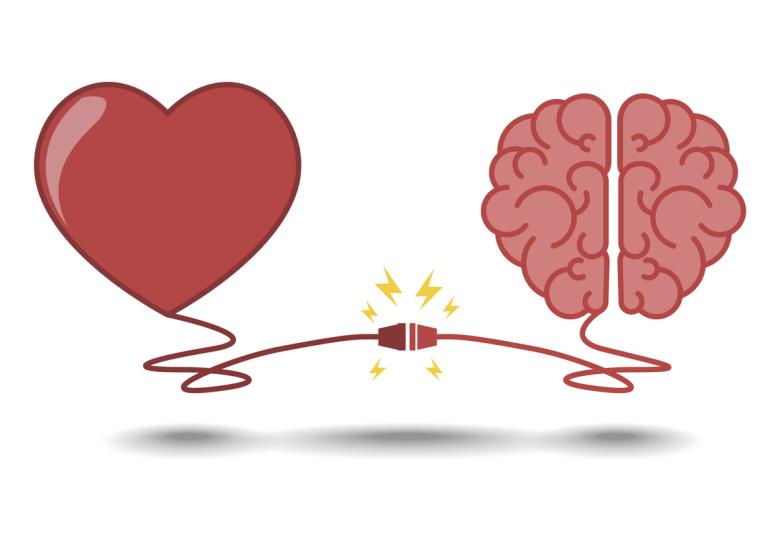Monday afternoon at WPA 2014 was a whirlwind of enthusiasm, starting with a panel discussion by World Health Organisation’s (WHO) Global Clinical Practice Network (GCPN). Titled, What do 1,000 clinicians from around the world have to tell us about the classification of mental and behavioural disorders?, the session brought together six GCPN speakers who were all working in partnership with WHO to establish better clinical practice in mental health worldwide.
First to speak was Kathleen Pike, the US representative of the GCPN. Proud of the truly international reach of her organisation, she promised that the work her organisation was doing would “blow away” the recent buzz surrounding the unveiling of the iPhone 6.
A global view of healthcare
In essence, the GCPN is a registry of global mental health and primary care professionals who have volunteered to participate in internet-based field studies. The purpose of these studies is to assess the classification of mental and behavioural disorders in the next version of WHO’s International Classification of Diseases and Related Health Problems (ICD-11).
Pike encouraged every delegate in the room to take part and gave the link to their website, stating that, “there is no existing network of this size or scope”.
The GCPN currently has over 11,000 participations from 136 countries and has already undertaken a number of online studies in several different cultures. What was particularly interesting to hear was that amongst all the participants, most considered mood disorders to be their greatest area of expertise.
After Pike’s enthusiastic introduction, her colleagues, ranging from China to Lebanon, followed on to discuss findings from field studies in their country.
Evaluating diagnosis
Fellow GCPN speaker Jared Keeley stressed that the GCPN studies aren’t merely an intellectual exercise, but aim to evaluate the ICD-11, and to inform important changes to the way mental health disorders are diagnosed. He went on to explain that the field studies are designed to randomly assign either ICD-11, or its previous iteration, ICD-10 to every participant. Participants would then be given small vignettes, patient case studies based on real insight, and have to make a relevant diagnosis based on the ICD-10 or ICD-11 guidelines they were assigned to. Ultimately, the aim of these studies is to find out if clinicians are using the guidelines as intended.
Differences across the world
During the series of talks by each GCPN speaker, a few cultural variations in diagnostic trends and levels of expertise became evident. For example, Rebbeca Robles from Mexico highlighted that clinicians participating in Spain often veered toward a diagnosis of post-traumatic stress disorder. Speaking on behalf of the Eastern Mediterranean regions, including the Middle East, Brigitte Khoury from Lebanon highlighted that anxiety disorders were the highest area of expertise for most physicians in these regions.
Dr. Roberto Lewis-Fernandez, chair of the Culture Subgroup of the Gender and Culture Study Group of the DSM-5, questioned the importance of these cultural differences in a short Q&A session at the end of the meeting.
Chair of the meeting, Geoffrey M. Reed, promised that studies have been powered to identify these differences, and that they could then inform further how the ICD-11 can be adapted.
Of course, the GCPN is only getting started – much more field studies are on their way, and will hopefully pinpoint any important changes that still needed to be made to the ICD-11. Truly exciting times for WHO, GCPN and physicians all across the world.
Our correspondent’s highlights from the symposium are meant as a fair representation of the scientific content presented. The views and opinions expressed on this page do not necessarily reflect those of Lundbeck.




